
How a gangster became a glorified commander of the Red Army
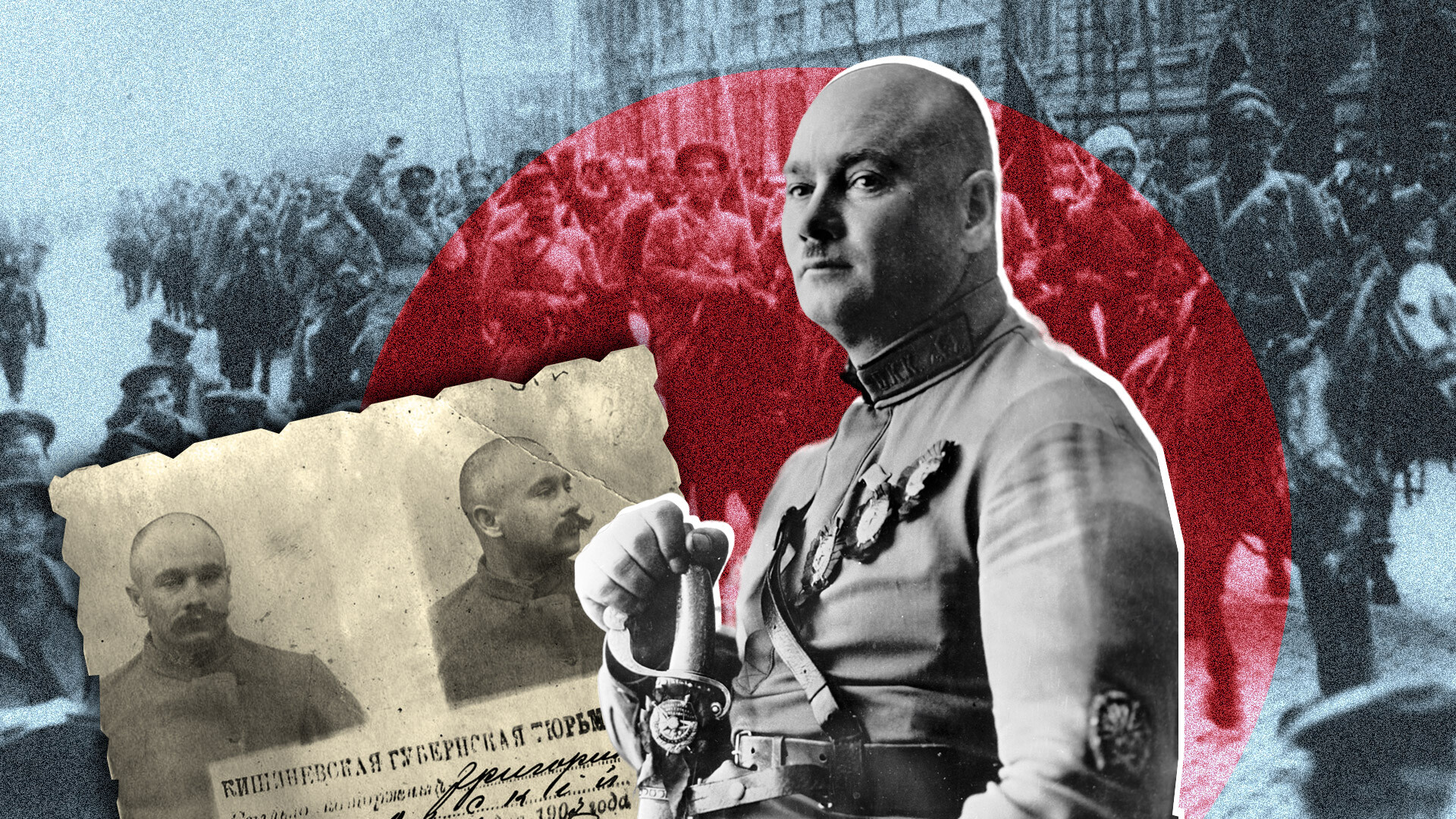
"The bravest among our modest commanders and the humblest among the brave," was how Joseph Stalin spoke of Grigory Ivanovich Kotovsky, a hero of the Civil War and a legendary Red Army commander, after whom streets and even cities were named.
Curiously, this same man was once one of the kings of the underworld of the Russian Empire.
A dashing raider
Kotovsky was born near Chisinau in Bessarabia (modern Moldavia) in 1881. He was Russian by nationality, although, according to some sources, he had Polish roots.
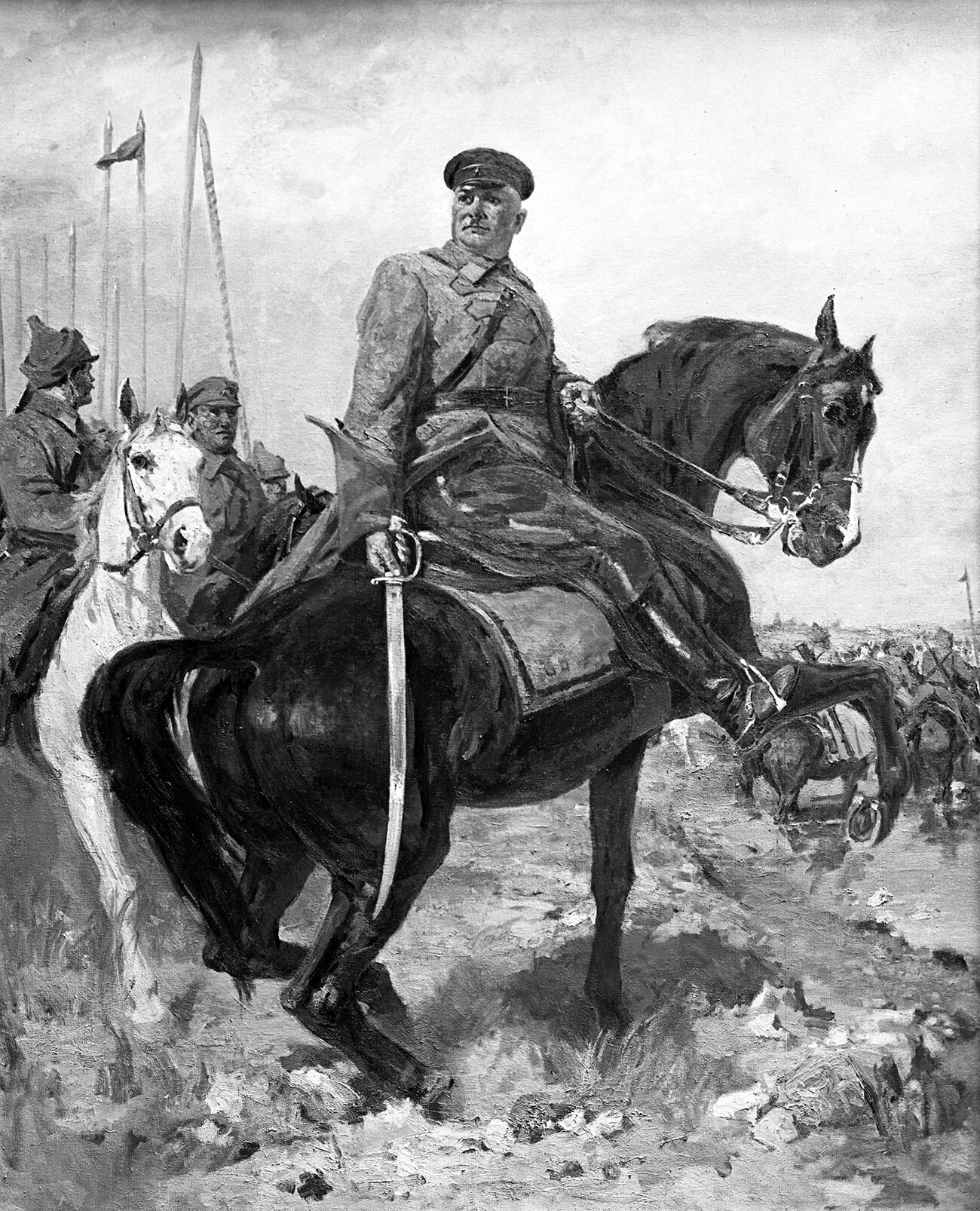
After graduating from a lower agricultural school, Grigory Ivanovich worked as an assistant manager on the estates of local landlords. The young man did not stay anywhere for long - he was accused of stealing the lords' money or molesting their wives.
After the outbreak of the Russo-Japanese War in 1904, Kotovsky hid from mobilization in Odessa, Kiev and Kharkov. The following year, he was detained and sent to the army, from which he soon deserted and returned to Bessarabia.
During the First Russian Revolution of 1905-1907, Grigory Ivanovich's gangster "career" began. He formed and led a small gang, with which he robbed merchants and raided estates, apartments and stores.
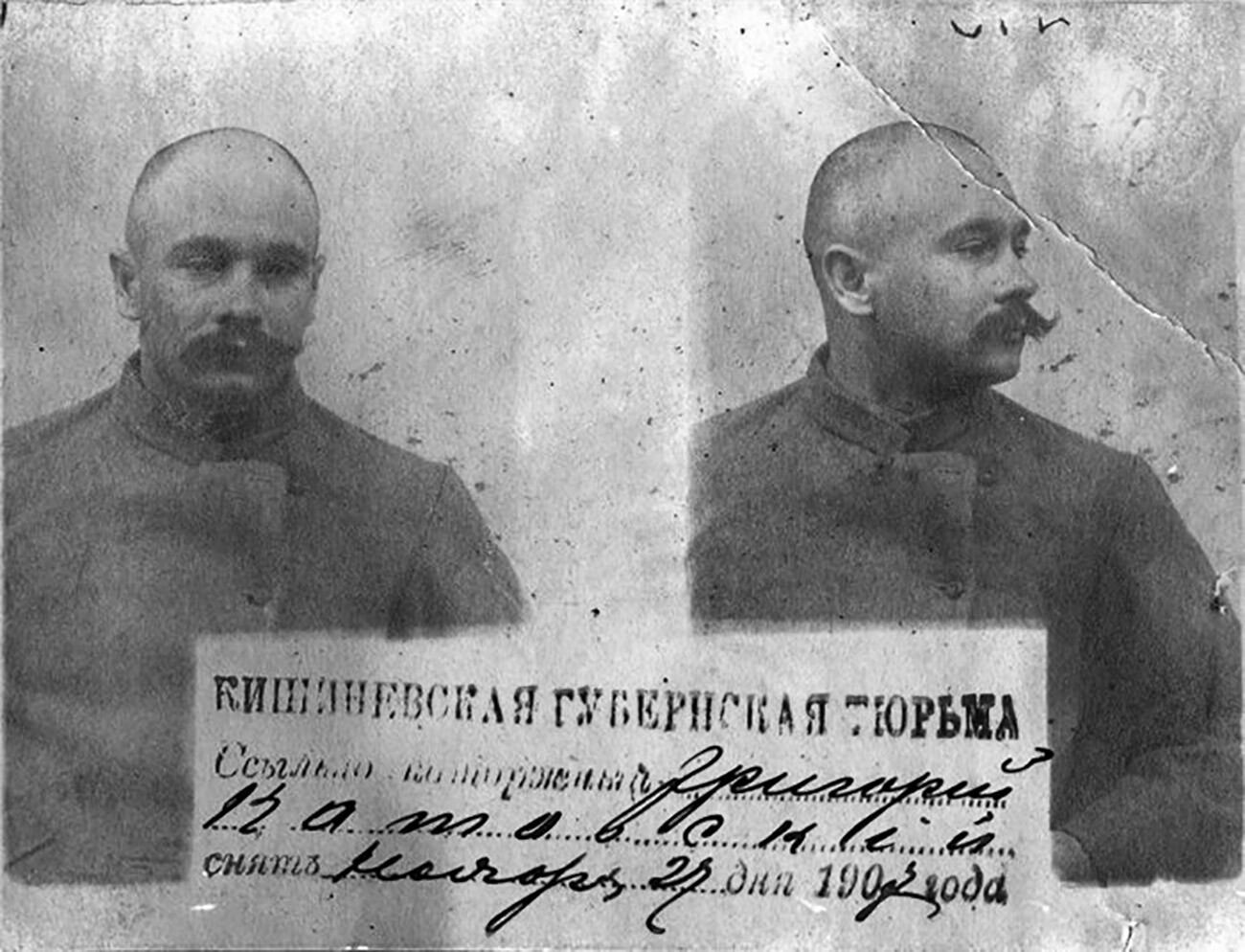 Grigory Kotovsky's prison card.
Grigory Kotovsky's prison card.
At the same time, Kotovsky sometimes released peasants detained for rioting, which, much later, allowed Soviet propaganda to call him a fiery fighter against the regime.
The future Soviet hero spent his loot on women, restaurants, alcohol and horse racing. He also distributed part of the money to the poor to create the image of a "people's avenger".
In 1907, Kotovsky was arrested and sent to hard labor in Siberia, from which he escaped five years later. Returning home, Grigory Ivanovich took up his old ways, multiplying his fame as a dashing gangster.
"We have to admit that the name ‘legendary’ is well deserved,” wrote the ‘Odessa News’ newspaper in 1916. “Kotovsky seemed to flaunt his selfless prowess, his amazing fearlessness... Living on a false passport, he calmly walked the streets of Chisinau, sat for hours on the veranda of the local ‘Robin’ cafe and occupied a room in the most fashionable local hotel."
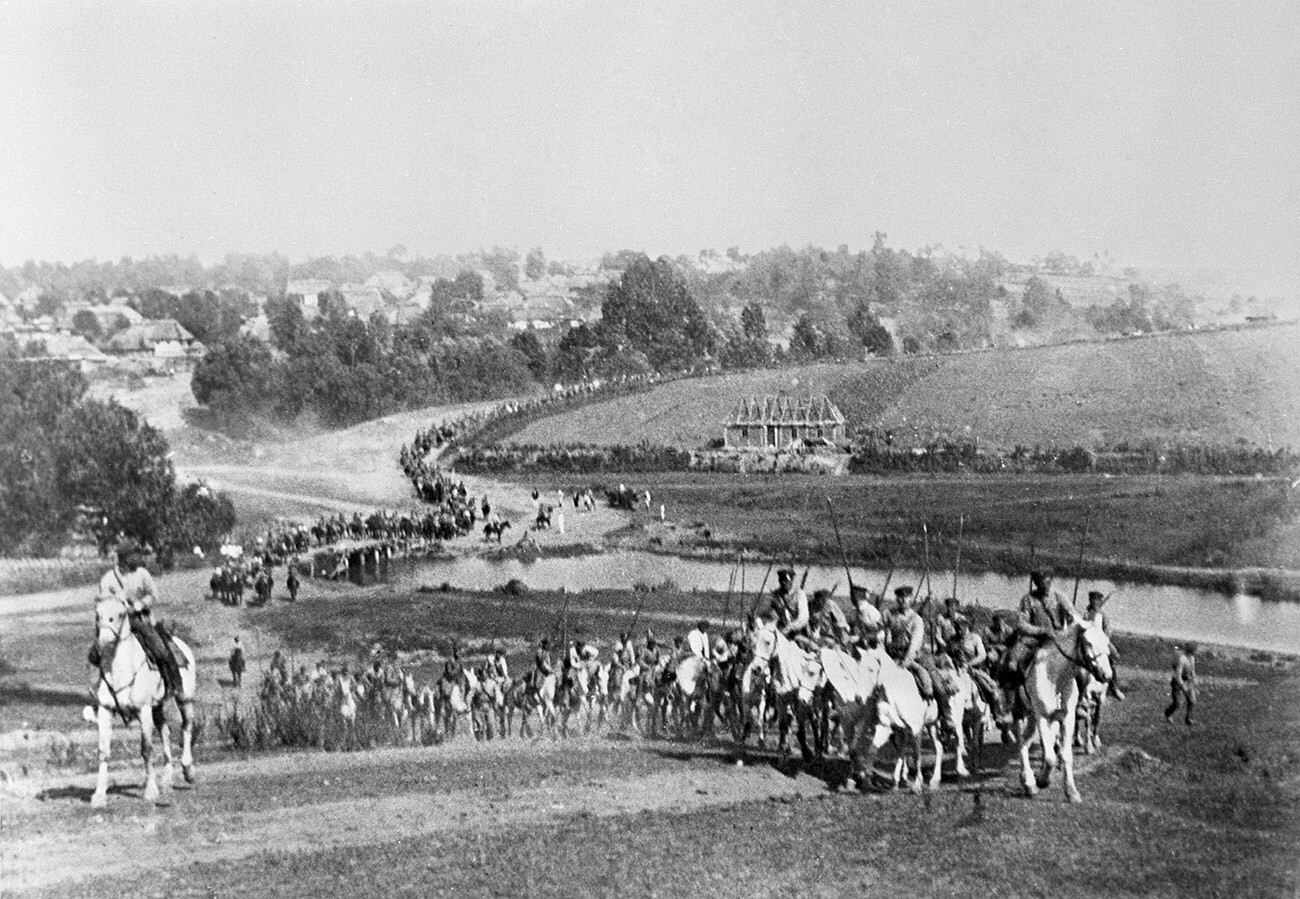 Kotovsky's troops in 1920.
Kotovsky's troops in 1920.
In the same year, the story of the ‘Bessarabian Robin Hood’ almost came to an end. Kotovsky was caught and sentenced to death, which was later replaced by an indefinite hard labor. However, the February Revolution of 1917, which took place soon after, gave him freedom again.
Famous underground fighter and commander
However, the chief gangster could only leave the prison dungeons if he was immediately dispatched to war. In May 1917, Grigory Ivanovich found himself on the Romanian front. Later, in his autobiography, he wrote that he had earned the ‘Cross of Saint George’ for bravery, although there is no evidence of this.
In early 1918, Kotovsky, who had joined the Bolsheviks, fought against the Romanian troops occupying Bessarabia at the head of a cavalry detachment. He covered the withdrawal of the ‘Reds’ from Chisinau, defended Bendery and even inflicted a sensitive defeat on the interventionists at Dubossary.
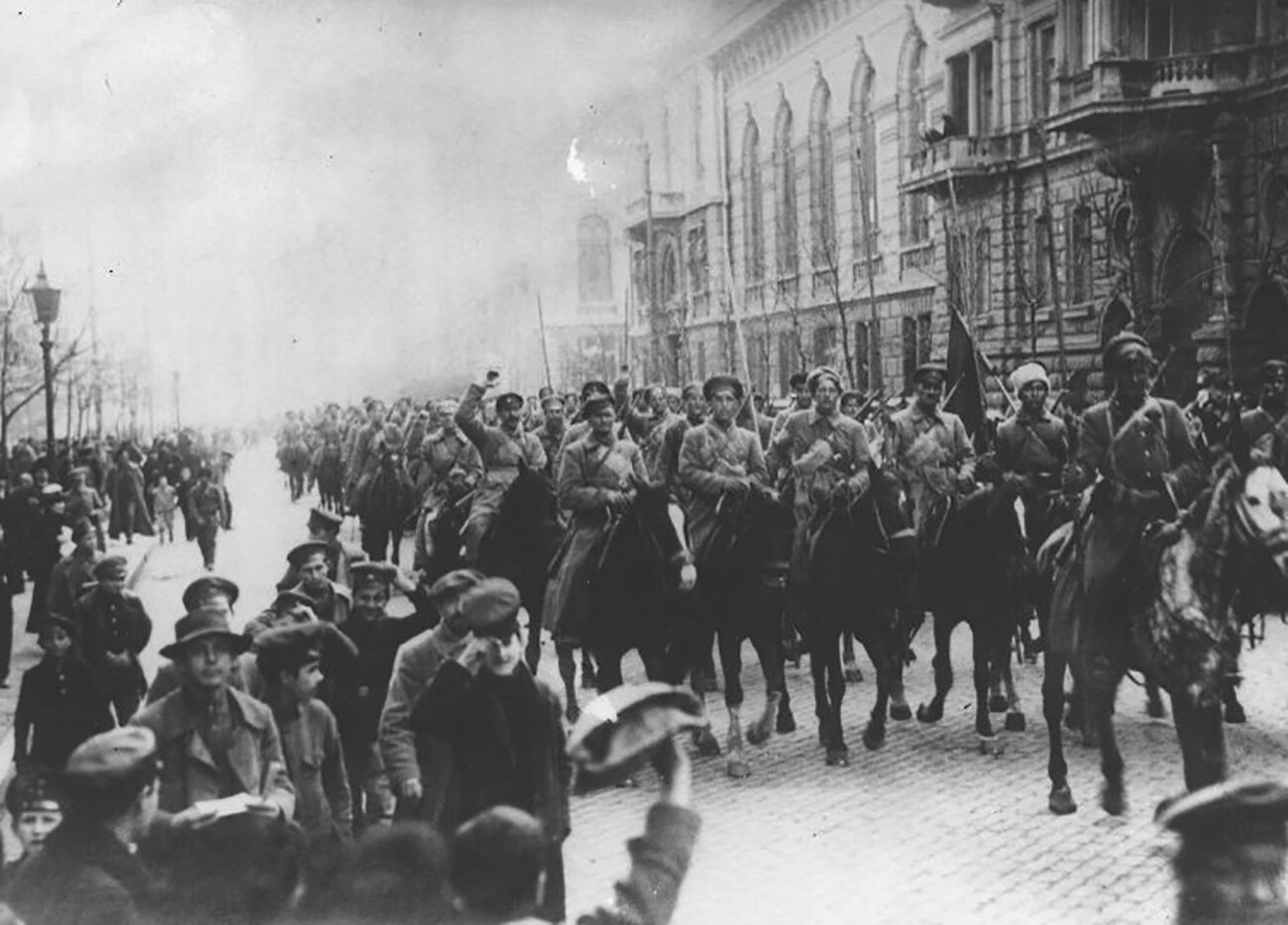 Kotovski's partisan units enter Odessa.
Kotovski's partisan units enter Odessa.
In the spring of the same year, Kotovsky found himself in Odessa, where, as part of the local underground, he fought against the rapidly changing regimes: Austrian-German, Hetman Skoropadsky, White and French invaders. There are unconfirmed reports that during his time in the city, he periodically returned to the gangster practices of his youth.
Subsequently, Grigory Ivanovich proved himself to be one of the most capable commanders of the Red Army during the Civil War period. "Dexterity, strength, animal instinct combined in Kotovsky with great courage. He controlled himself even in the most risky cases, when he was a hair's breadth from death," publicist Roman Gul wrote about him.
Kotovsky commanded both infantry and cavalry units, fought against the ‘Whites’, ‘Petliurists’ (Army of the Ukrainian People's Republic), ‘Makhnovists’ (Rebel Army of Nestor Makhno), participated in the Soviet-Polish war and suppression of the Tambov peasant uprising. Among his awards are three ‘Orders of the Red Banner’.
Murder
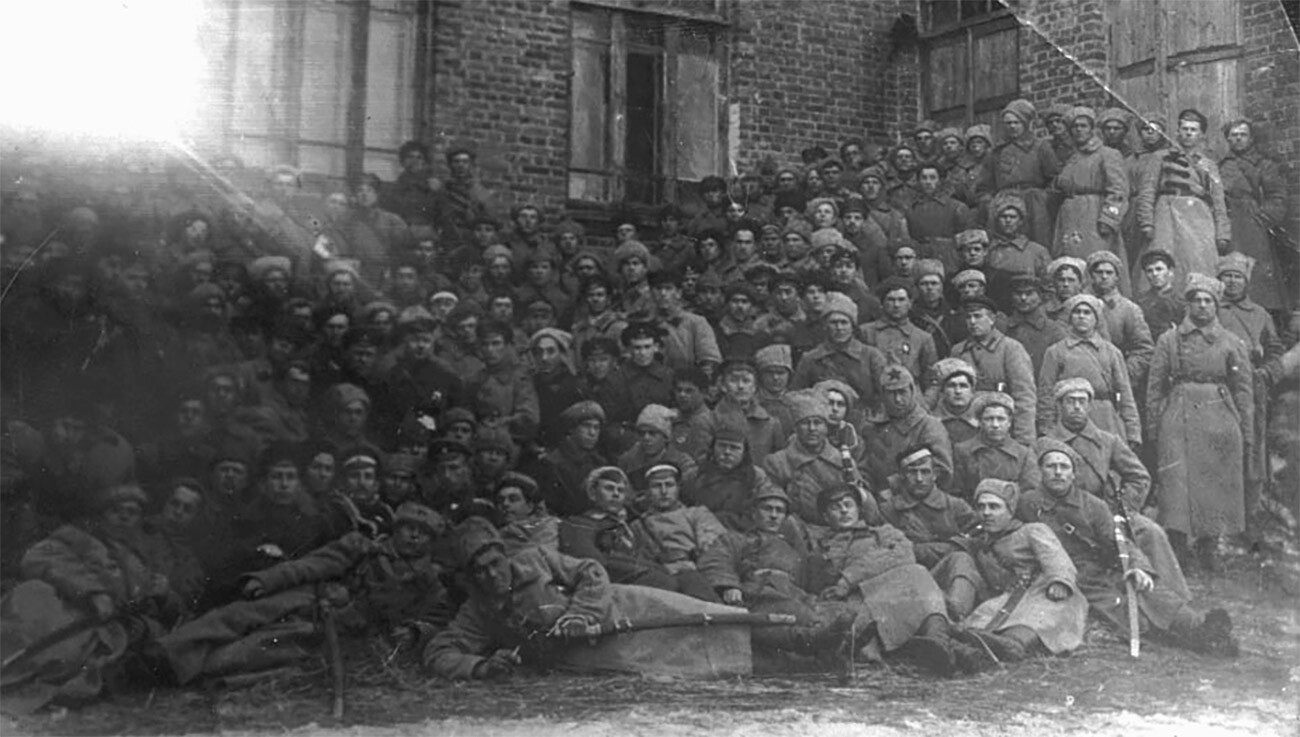 Veterans of Grigory Kotovski's partisan units reunited for a conference, 1922.
Veterans of Grigory Kotovski's partisan units reunited for a conference, 1922.
After the end of the war, Grigory Ivanovich went to central Ukraine to command the 2nd Cavalry Corps.
The commander's popularity and influence in the country was at its peak - he became one of the initiators of the creation of the Moldavian Autonomous Soviet Socialist Republic and People's Commissar for Military and Maritime Affairs (Minister of Defense) Mikhail Frunze wanted to make him his deputy.
However, this appointment never took place. On August 6, 1925, Kotovsky was shot by Meyer Zayder, a former owner of a brothel in Odessa and his old acquaintance from the days of the Odessa underground.
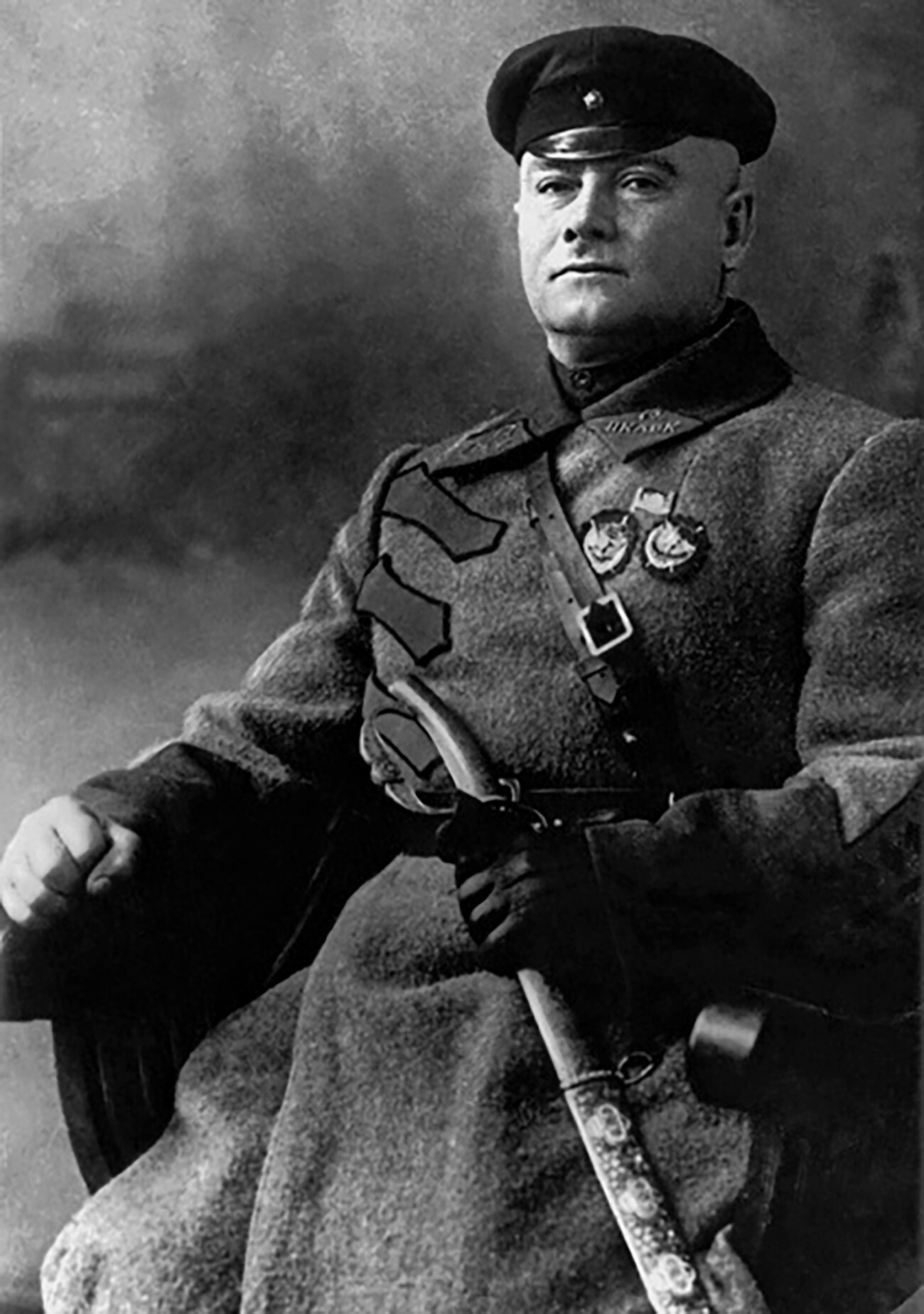
Zayder once helped Kotovsky to escape from the police and, since then, they would provide each other with various kinds of services. Thus, in 1922, the military commander appointed Meyer as the head of security at a sugar factory near the town of Uman, where the 2nd Cavalry Corps was stationed.
After his arrest, Zayder pleaded guilty and claimed that he had killed the commander, because he had not promoted him. Today, this motive is questioned and political reasons are cited as the reasons for the crime.
Meyer Zayder received a rather lenient sentence of ten years and was released after just three. In 1930, he was killed in Kharkov by a group of cavalrymen who had served under Kotovsky.












